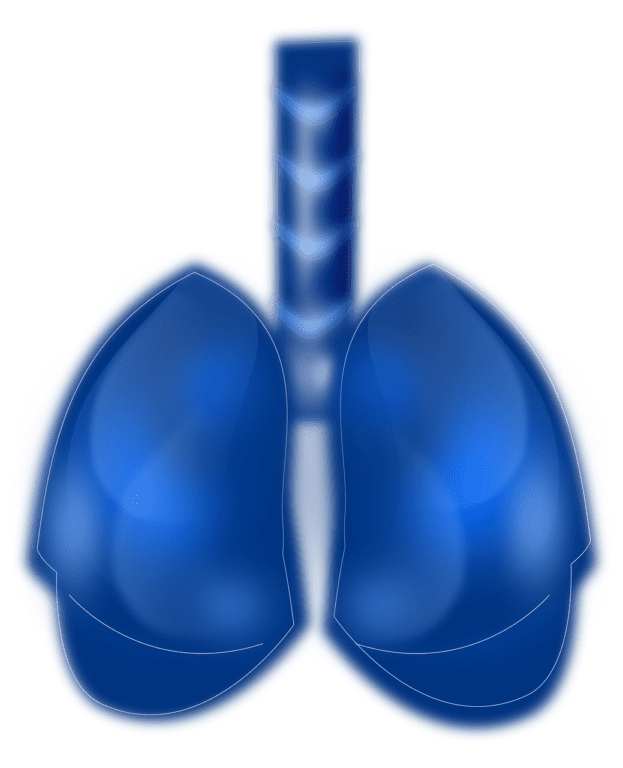In a study at the University of North Carolina (Chapel Hill), researchers found that there may be a much more effective new way to isolate lung stem cells in order to aid in the development of stem-cell based therapies for various lung diseases, cystic fibrosis being among them.
This method is likely less of a hassle to patients as well. Instead of surgery, this technique requires extracting stem cells with a tube from the mouth to the lung. This method has also already been used in their previous pulmonary fibrosis research work.
The same team’s more recent study was published in Respiratory Research under the title, “Derivation of therapeutic lung spheroid cells from minimally invasive transbronchial pulmonary biopsies.”
The main reason for this type of research is that doctors need to obtain stem cells in order to correct damaged lungs, but the current process of actually obtaining these cells is extremely difficult and risky.
Since traditional techniques for this require surgery, the process is of course very invasive and risky. In addition to this, doctors must get a significantly large amount of lung tissue in order to extract the stem cells. As a result of these difficult procedures, there is a high death rate among patients who undergo this biopsy surgery.
However, isolating cells for stem-cell based therapies is still the best technique in treating lung diseases— and UNC has just figured out a better way to do it. The UNC team now champions a more non-invasive procedure, called a transbronchial biopsy; this technique successfully isolates lung spheroid cells while eliminating surgical risk.
Researchers found that this process can aid in rejuvenating the lungs of mice with interstitial pulmonary fibrosis.
The procedure includes inserting a thin lighted tube, or bronchoscope, through a patient’s nose or mouth in order to gather many pieces of lung tissue. It is super effective too—the team was able to gather over 50 million lung spheroid cells from just a small piece of the extracted isolated tissue. When these cells were injected into mice, researchers were pleased to find that the cells ended up in the animals’ lungs.
Co-lead author, Dr. Ke Cheng, explains why: “These cells are from the lung, and so in a sense they’re happiest, so to speak, living and working in the lung.”
Even more excitingly, the technique was found to be safe and effective. They found that lung spheroid cells could be taken from the recipients’ own lungs or even the lungs of an unrelated strain of rats.
Co-lead author of the study, Dr. Jason Lobo explains, “In other words, even if the donated stem cells were foreign, they did not provoke a harmful immune reaction in the recipient animals, as transplanted tissue normally does.”
Since this is really cool stuff, scientists are having conversation with the US Food and Drug Administration about approving clinical trials of lung spheroid cells as a pulmonary fibrosis therapy. Researchers are also hopeful that this stem cell therapy could one day be useful for many other lung diseases, including cystic fibrosis.
To read more about this discovery, check out Cystic Fibrosis News Today.
What do you think about this research? Share your thoughts, hopes, and concerns with the Patient Worthy community!
To learn more about CF, check out our partners Cystic Life and Strawfie Challenge.






